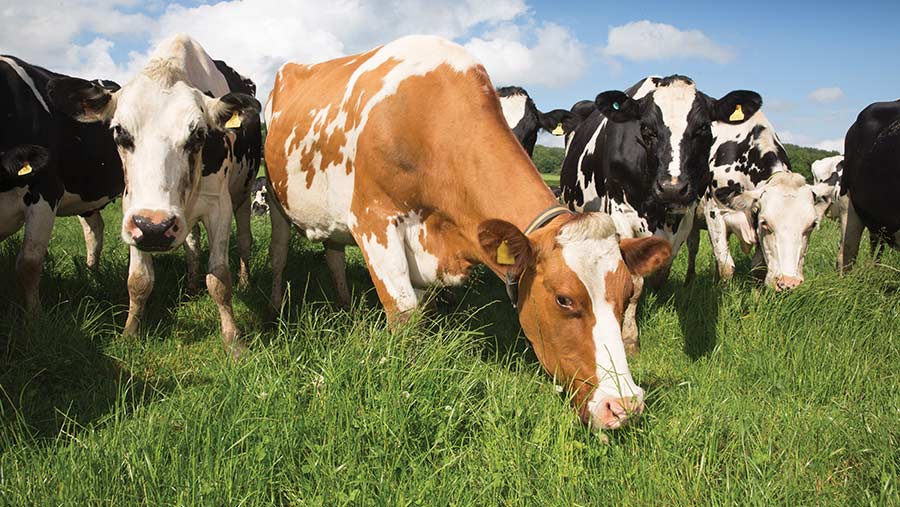Nutrient neutrality payments of millions threaten milk supply
 © Tim Scrivener
© Tim Scrivener Multimillion-pound payments being offered to dairy farmers in England and Wales to permanently exclude cattle from their yards could threaten future milk supply, according to industry commentators.
Hundreds of dairy farmers potentially qualify for the ‘nutrient neutrality’ payments which one expert suggests could be worth £2.2m for a farmer with a ‘typical’ yard producing 40kg of phosphate annually.
See more: Global Dairy Trade drops 7.4% due to weak wholesale demand
But the initiative, which is linked to government targets for improving the environment, has raised questions about what it could mean for domestic milk production, as the cattle exclusion requirement could remain in place for up to 130 years.
Natural England has issued advice for 31 habitat sites, spanning 27 catchments and a total of 74 local planning authorities, and nutrient neutrality requirements also cover substantial parts of Wales, with expansion into other areas likely.
The catchments of the River Tees, Poole Harbour, and the Hampshire Avon in England are among the regions included in the plans, as well as Wales’s River Cleddau catchment in Pembrokeshire and the River Usk.
To secure planning permission for development, for housing for example, applicants in those areas must offset the anticipated nutrient outputs of their proposed scheme.
Lydia Clare, of Ian Potter Marketing Services and Environmental Trading Platform, said the closure of dairy yards is a route to achieving this, after being approved by Natural England.
She calculates it could net a typical dairy yard around £2.2m at current values, with phosphate values trading at £50,000 to £65,000/kg and nitrate values at £2,500 to £3,000/kg, although there are costs associated with setting up the land to deliver the credits and to ensuring this stays in place.
Mrs Clare said it can be major financial opportunity for farmers contemplating exiting dairying.
But she warned that many are unaware of the enhanced value tied up in their holdings and could fall prey to speculators.
“We are aware of a dairy farm in Somerset being sold for what the owners thought was a high price but when the nutrient neutrality value was factored in they could have sold it for eight times what they let it go for.’’
Mrs Clare urged farmers to seek advice from a professional before progressing with a sale.
But for those keen to sell up, or stay put but give up dairy farming, the new rules can generate a substantial amount of money, she added.
“We are acting for a dairy farmer whose farm falls into a nutrient mitigation zone who was haemorrhaging £14,000 a month, but is now giving up and selling his phosphate and nitrate credits, he says he feels as if he was won the lottery.’’
This option only applies to dairy yards established pre-1991, before the Silage, Slurry and Agricultural Fuel Oil regulations were introduced.
According to Mrs Clare, the payments can also be applied retrospectively, within two years of a farm exiting dairying.
But opting for this route means giving up all rights to keep livestock on the yard again, although the rule doesn’t apply to fields as long as livestock don’t cross the yard.
NFU Dairy Board chairman Michael Oakes said many tenant farmers had raised serious concerns that they could lose their land.
“The tenanted sector is quite large in dairying and the tenants I have spoken to feel quite vulnerable that their landlord might see this as a better alternative to having a farming tenant on their holding.
“For owner occupiers, if the figures are right it does look like a substantial sum of money at a time when there is little or no margin in dairying and I can see why farmers would seriously be looking into it, but they need to recognise that they would be signing something away in perpetuity.’’
Mr Oakes also has concerns about future domestic milk supply.
According to the NFU, August 9 2023 marked the point at which the UK would run out of food if it only had access to home-grown produce since the start of the year.
“As more and more land goes into environmental schemes that date will come sooner,’’ said Mr Oakes.
